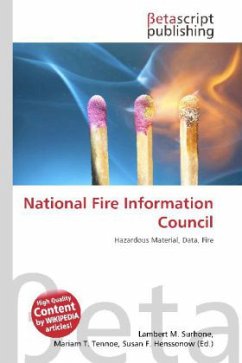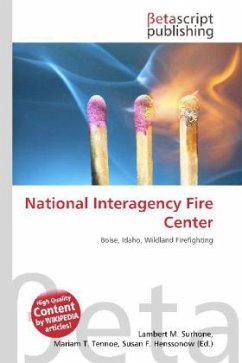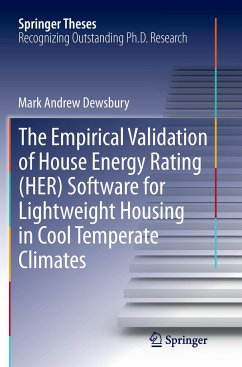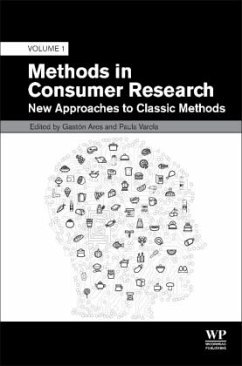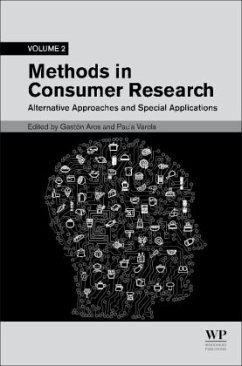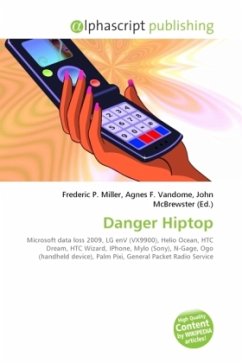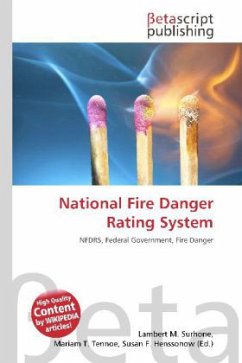
National Fire Danger Rating System
Versandkostenfrei!
Versandfertig in 6-10 Tagen
19,99 €
inkl. MwSt.

PAYBACK Punkte
10 °P sammeln!
Please note that the content of this book primarily consists of articles available from Wikipedia or other free sources online. In 1954 there were eight different fire-danger rating systems in use across the county. Better communication and better transportation were beginning to make mutual assistance agreements between fire control agencies more practical than in the past. State compacts, and in the case of the Federal government, interagency and interregional agreements were bringing fire control teams together from widely separated areas of the county. It became necessary to establish a na...
Please note that the content of this book primarily consists of articles available from Wikipedia or other free sources online. In 1954 there were eight different fire-danger rating systems in use across the county. Better communication and better transportation were beginning to make mutual assistance agreements between fire control agencies more practical than in the past. State compacts, and in the case of the Federal government, interagency and interregional agreements were bringing fire control teams together from widely separated areas of the county. It became necessary to establish a national system for estimating fire danger and fire behavior to improve and simplify communications among all people concerned with wildland fires. Work on a national rating system began in 1959. By 1961, the basic structure for a four-phase rating system had been outlined and the fire phase (spread phase) was ready for field testing. However, since the remaining phases of the rating system - ignition, risk, and fuel energy - were not available, a number of fire control agencies preferred to remain with the systems then in use.




